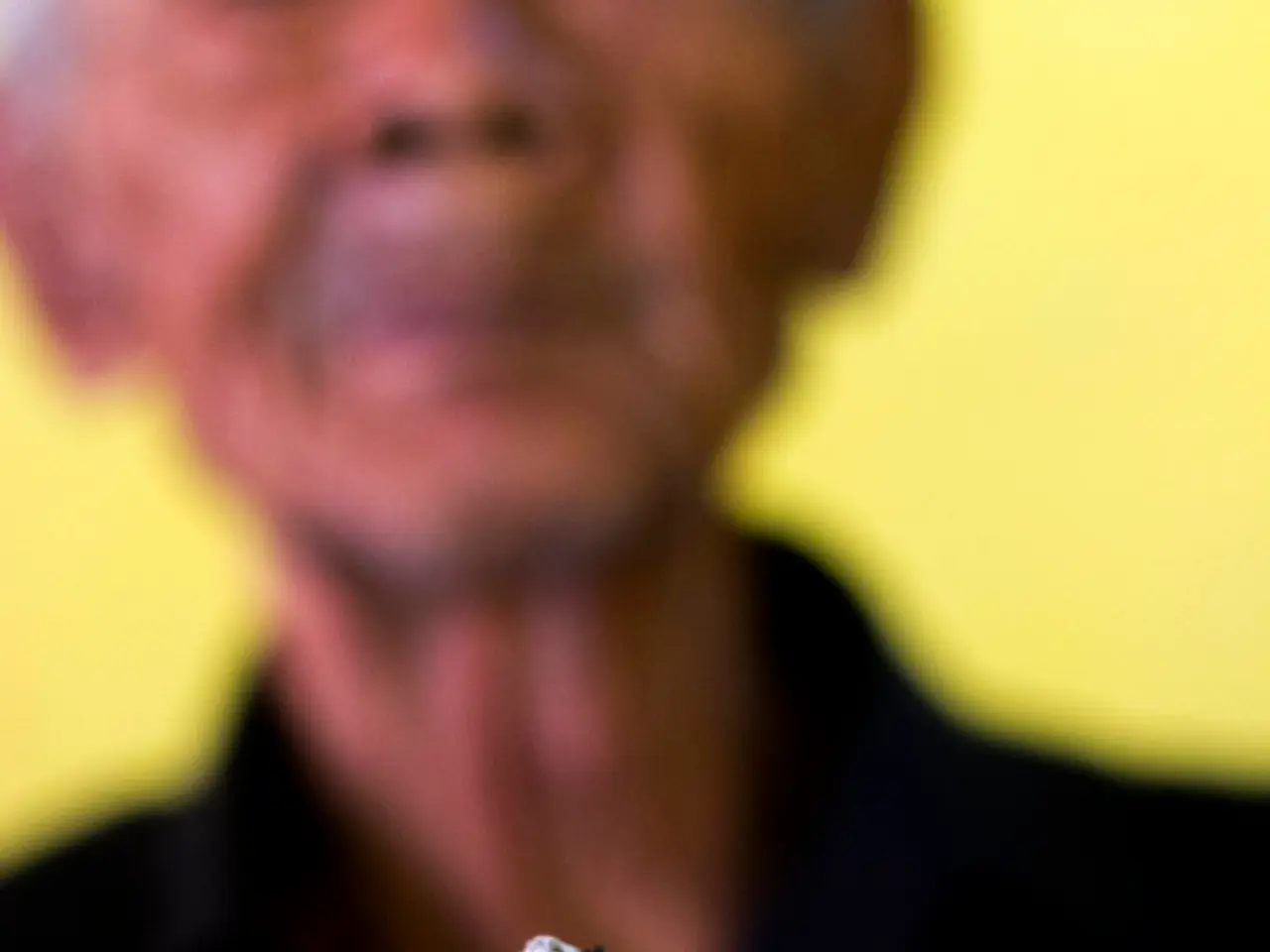Emotional distress, particularly sadness, could be the most potent factor propelling people towards smoking.
In a series of four studies, a team of researchers from Harvard University has delved into the nature of cigarette addiction, focusing on the role of emotions in addictive behavior. The lead researcher, Katherine L. Milkman, and her team have found that sadness, more than other negative emotions, increases people's craving to smoke.
The studies, published in the journal Proceedings of the National Academy of Sciences, recruited a total of 583 smokers for online studies and 158 smokers from the Boston area. The research team believed that insights across disciplines, including psychology, behavioral economics, and public health, are necessary to confront the smoking epidemic effectively.
In one of the studies, participants were randomly assigned to either a sadness or a neutral control group. Those in the sadness condition were shown a sad video clip about the loss of a life partner, while those in the neutral group watched a video about woodworking. The findings revealed that smokers in the sadness condition made more impatient choices and smoked greater volumes per puff compared to their neutral counterparts.
Another study measured actual impatience for cigarette puffs instead of just self-reported cravings. Participants were asked to write about a related personal experience before the test. The results showed that smokers in the sadness group were more impatient to smoke sooner than those in the neutral group.
The researchers also analysed data from a national survey tracking 10,685 people over 20 years. They found that self-reported sadness among participants was associated with being a smoker and with relapsing back into smoking one and two decades later.
Dr. Jennifer Lerner, a senior co-author, suggested that the research could have useful public policy implications. For instance, redesigning anti-smoking ad campaigns to avoid images that trigger sadness and unintentionally increase cigarette cravings could be beneficial.
Charles A. Dorison, the lead researcher, stated that the findings suggest a more nuanced understanding of the relationship between negative feelings and addictive substance use. The team's findings highlight the need for theory-driven research to address smoking addiction.
The fourth study recruited 158 smokers from the Boston area to test how sadness influenced actual smoking behavior. Participants had to abstain from smoking for at least eight hours before the test. The findings from this study are published in the journal Proceedings of the National Academy of Sciences.
Research from Harvard University suggests that sadness plays a stronger role in driving cigarette smoking compared to other negative emotions like anger or stress. The team's findings contribute to a growing body of evidence that emotions play a significant role in addiction and could pave the way for more targeted interventions to help smokers break their addiction.
Read also:
- Peptide YY (PYY): Exploring its Role in Appetite Suppression, Intestinal Health, and Cognitive Links
- Toddler Health: Rotavirus Signs, Origins, and Potential Complications
- Digestive issues and heart discomfort: Root causes and associated health conditions
- House Infernos: Deadly Hazards Surpassing the Flames








